We brought my brother, Bob, to our motor coach at Oak Plantation Campground in Charleston, SC, after he was discharged from the hospital following cardiac surgery. Bob's son (and my nephew) who lives in the Charlotte, NC, area visited Charleston to check on his dad. We went our for some sightseeing in the area and decided to visit Fort Moultrie (part of the Fort Sumter National Monument).
Neither John nor I knew about this fort until visiting it. Located on Sullivan Island (north side of Charleston on the harbor entrance), it has been in operation from 1776 until 1947 defending the Charleston Harbor. The location of the first is indicated by the red square on the map below. Fort Sumter is located directly across from this fort. Therefore, ships entering the Charleston Harbor are required to traverse this passageway.
Three forts have been built here, known as Moultrie I, Moultrie II, and Moultrie III. The forts played a role in the Revolutionary War, Civil War, World War I, and World War II (pretty amazing).
We began our visit here with, of course, the Visitor Center. There are some creative displays here that provide the history of this port of entry to Charleston as well as a small gift shop. The Park Rangers were very informative as we started to learn more about his historic site.
African American History and Slave Trade: Charleston was the entry point for about half (estimted at 200,000 to 360,000 men, women, and children) of the slave trade in North America. Even though international slave trade was abolished in 1808, it continued in secrecy until the Civil War. Below is also a photo of the leg and neck irons used at the time...the unspeakable horror of slavery.
A cultural group of Africans, the Gullah/Geechee people, established a community and retained their traditions in the region. Congress recogized the creation of the Gullah/Geechee Cultural Heritage Corridor that runs from Wilmington, NC, to Jacksonville, FL.
This is a model of La Amistad (1839), a ship with 53 enslaved Africans who revolted. The Supreme Court ruling was that they should be set free, a monumental decision at the time.
This is the main entrance to the fort (1870) known as the "Sally Port."
Within this structure were the areas where the fort's powder supplies were stored. The corrider in the second leads from the storage area to the cannon.
Civil War: Fort Moultrie held the primary defensive position for the Confederates guarding the Charleston Harbor.
World War I: Although the fort was never engaged in combat, coastal defense guns were installed and manned during WWI (1918). A submarine net was place across the entrance to the harbor as well and was managed by Fort Moultrie.
World War II: The 10" and 12" disappearing guns were augmented with 155mm mobile guns that were placed on mounts. 90mm anti-aircraft guns were also on Battery Jasper.
The Harbor Entrance Control Post/Harbor Defense Command Post (1944) was a joint Army-Navy installation that managed the facility and the submarine netting blocking Charleston Harbor.
We took a walk out to the beach area where Fort Sumter can be seen in the distance. The pelicans in the area were just beautiful.
This is another wonderful park managed by the National Park Service. We thoroughly enjoyed our self-guided tour of the place. It has such a long history in our nation's military history.
Admission to Fort Moultrie is $3/adults; $1/seniors. Our senior pass gets us in for free. There is no admission to Fort Sumter (located on the other side of the harbor), but it is only accessible by ferry. From Patriots Point the Fort Sumter tour is $17/adult and the return trip is about 2 1/4 hours later. See their website for additional information on Fort Sumter tours and hours of operation.
Website: www.nps.gov/fosu




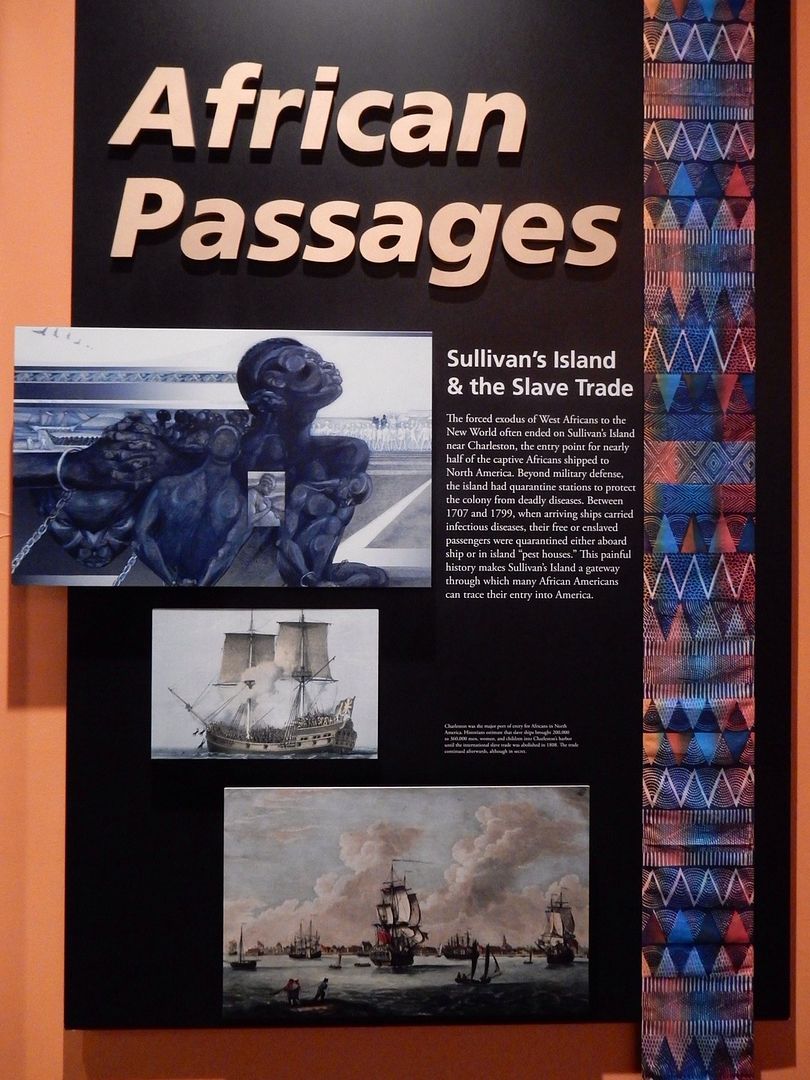
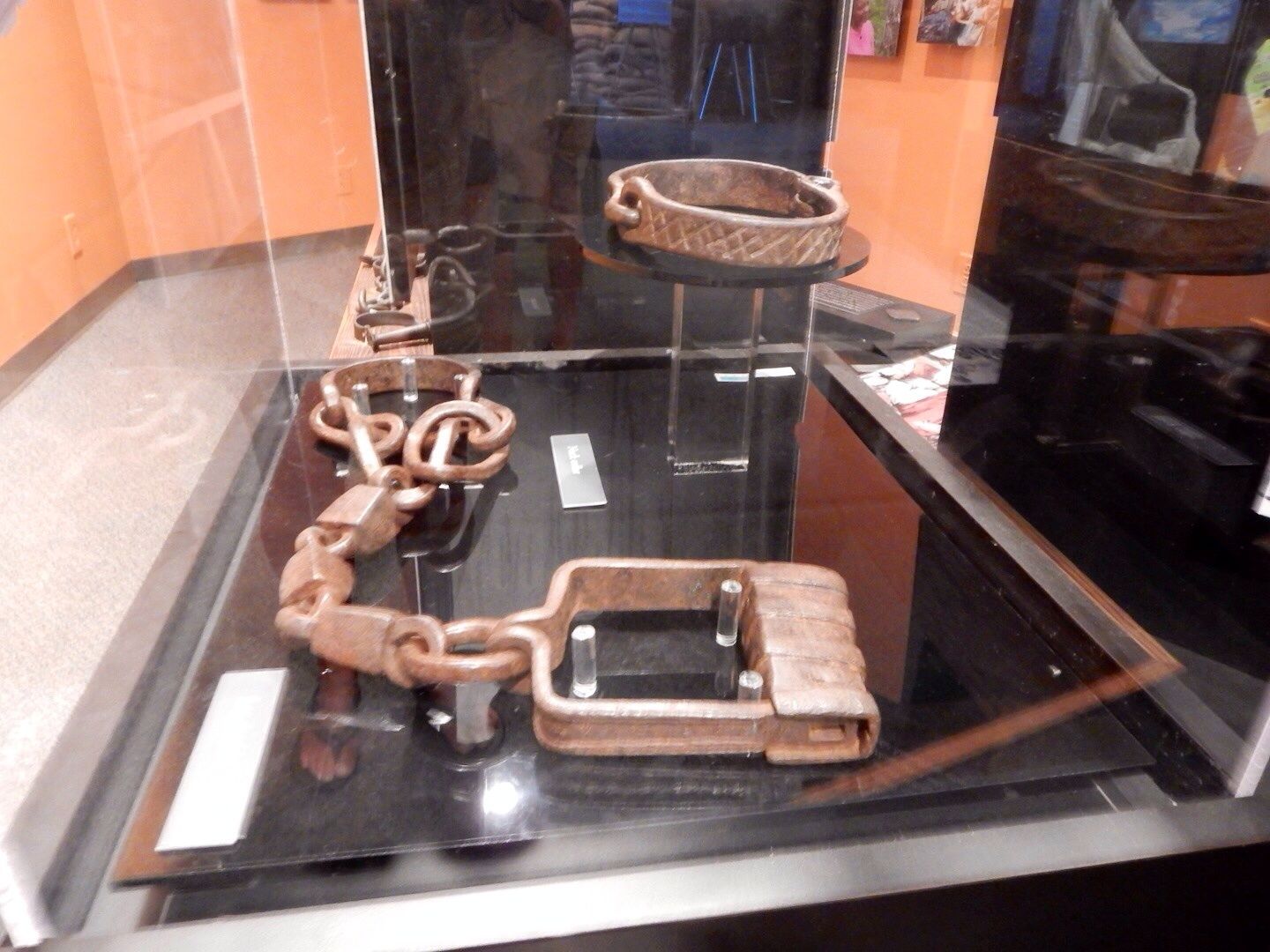
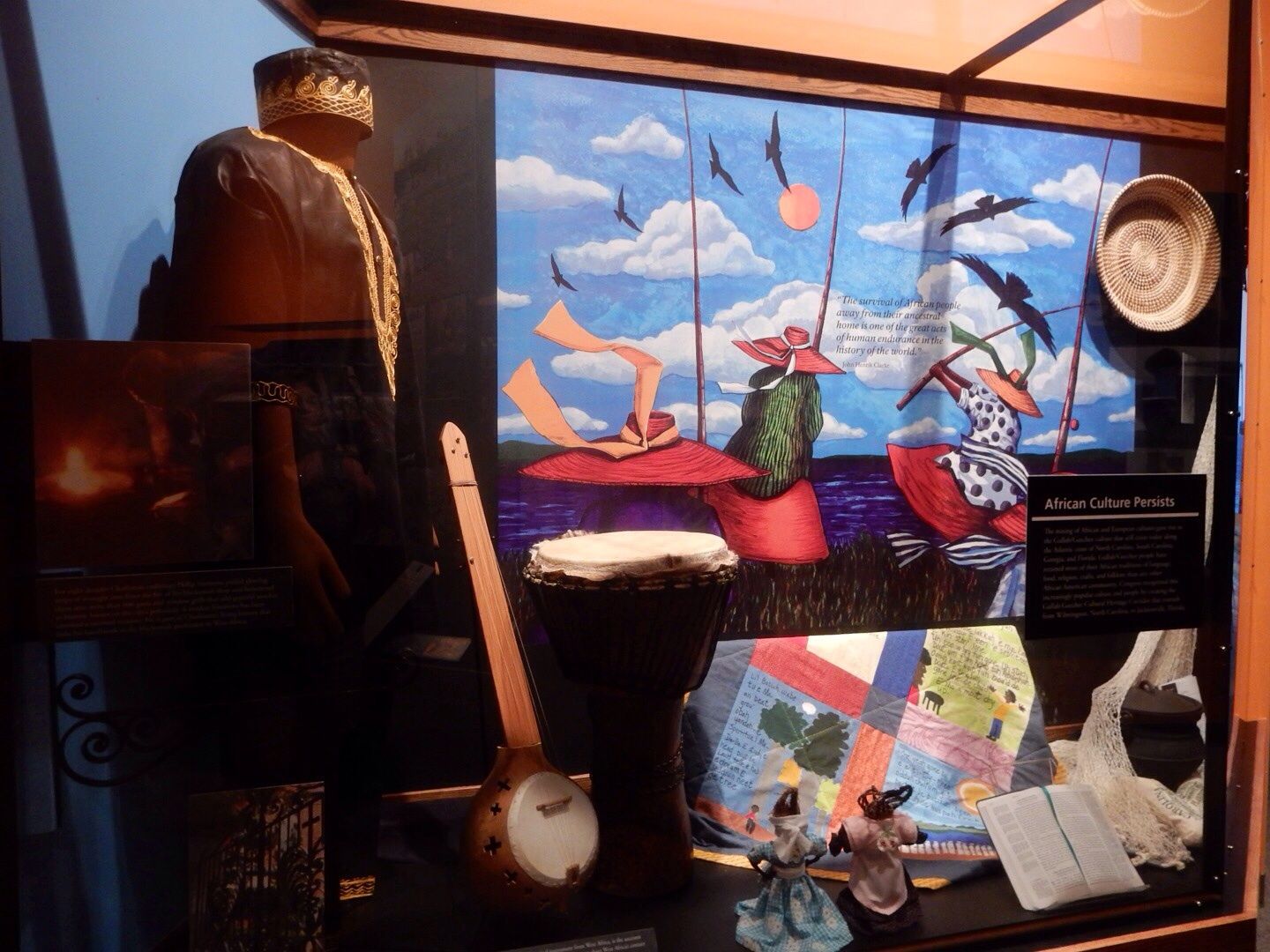
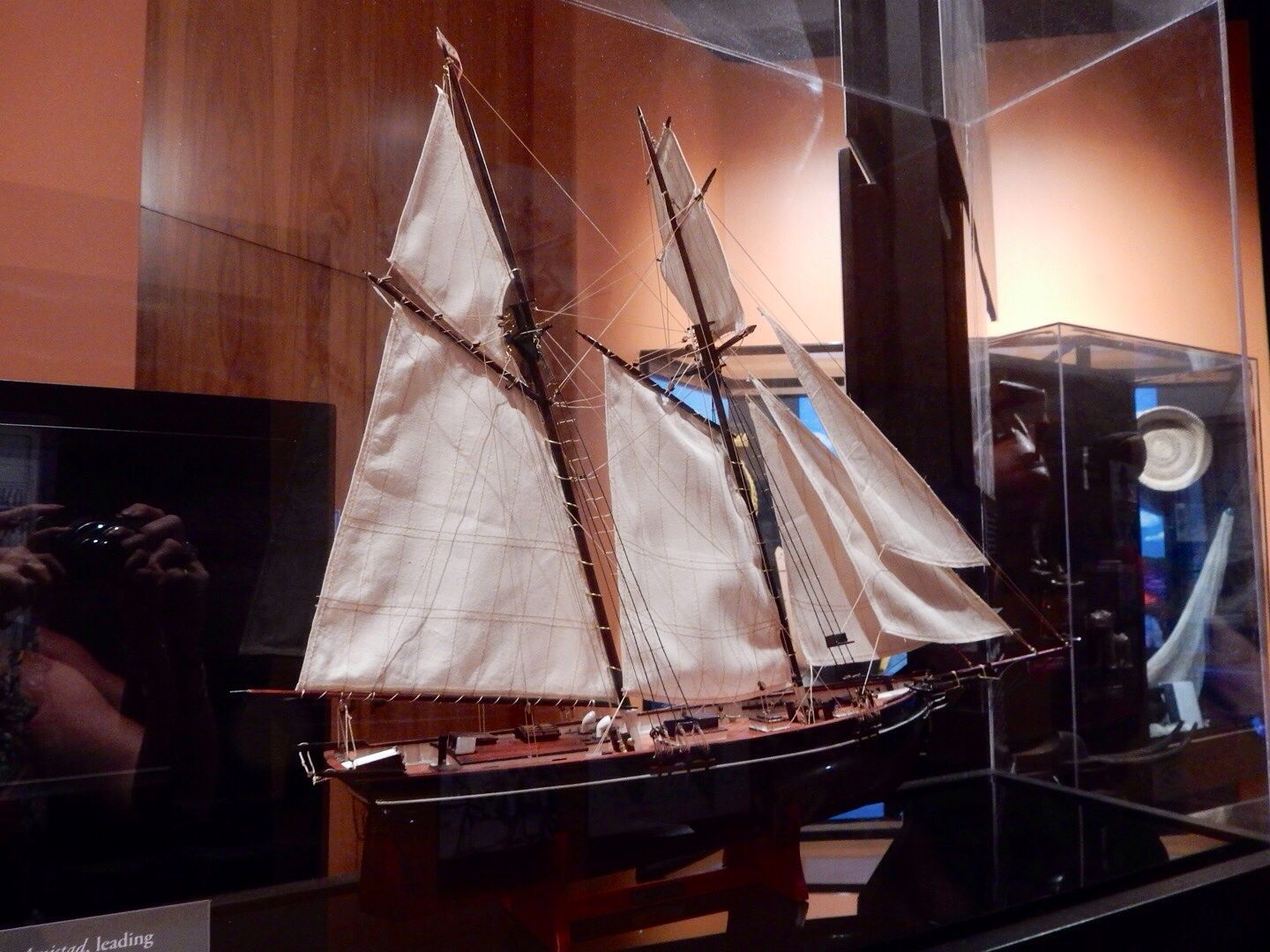
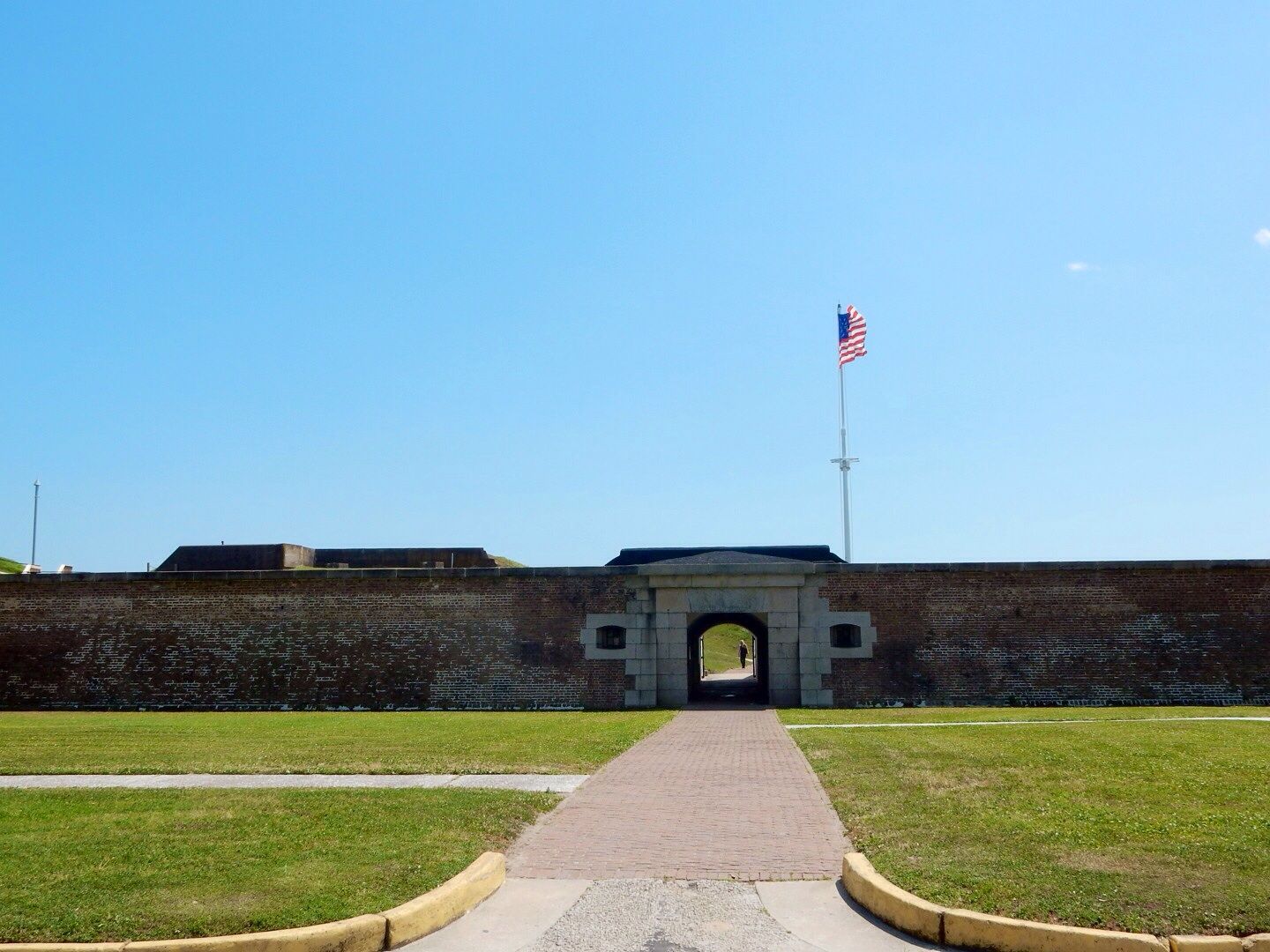
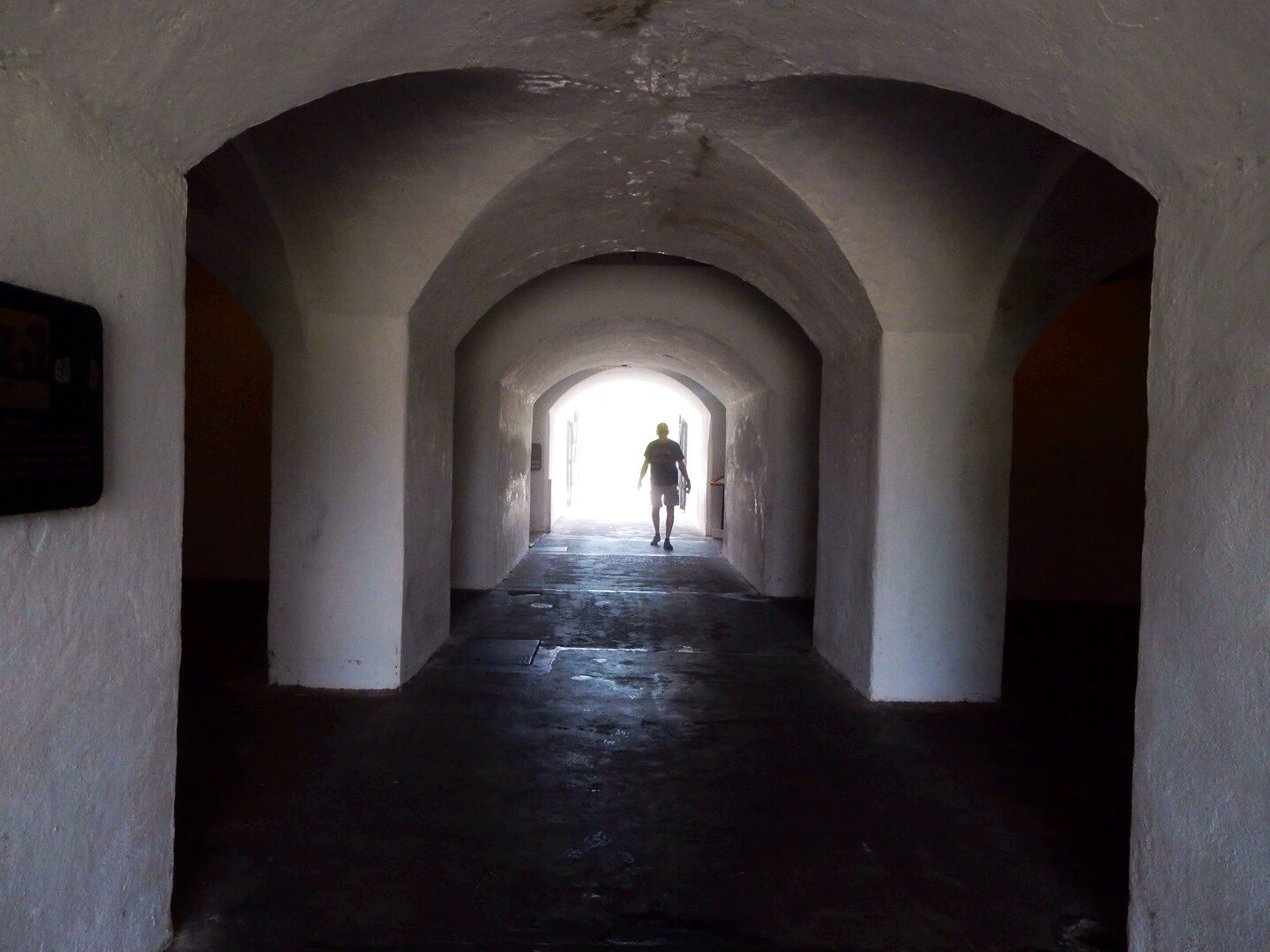

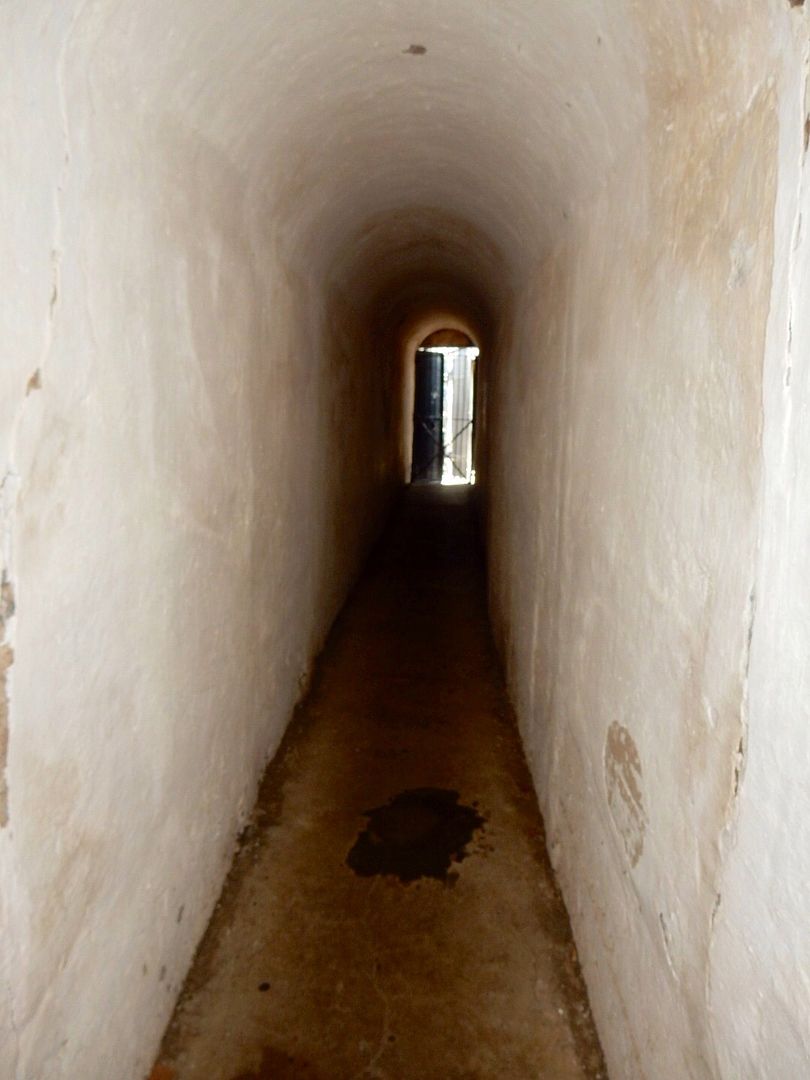
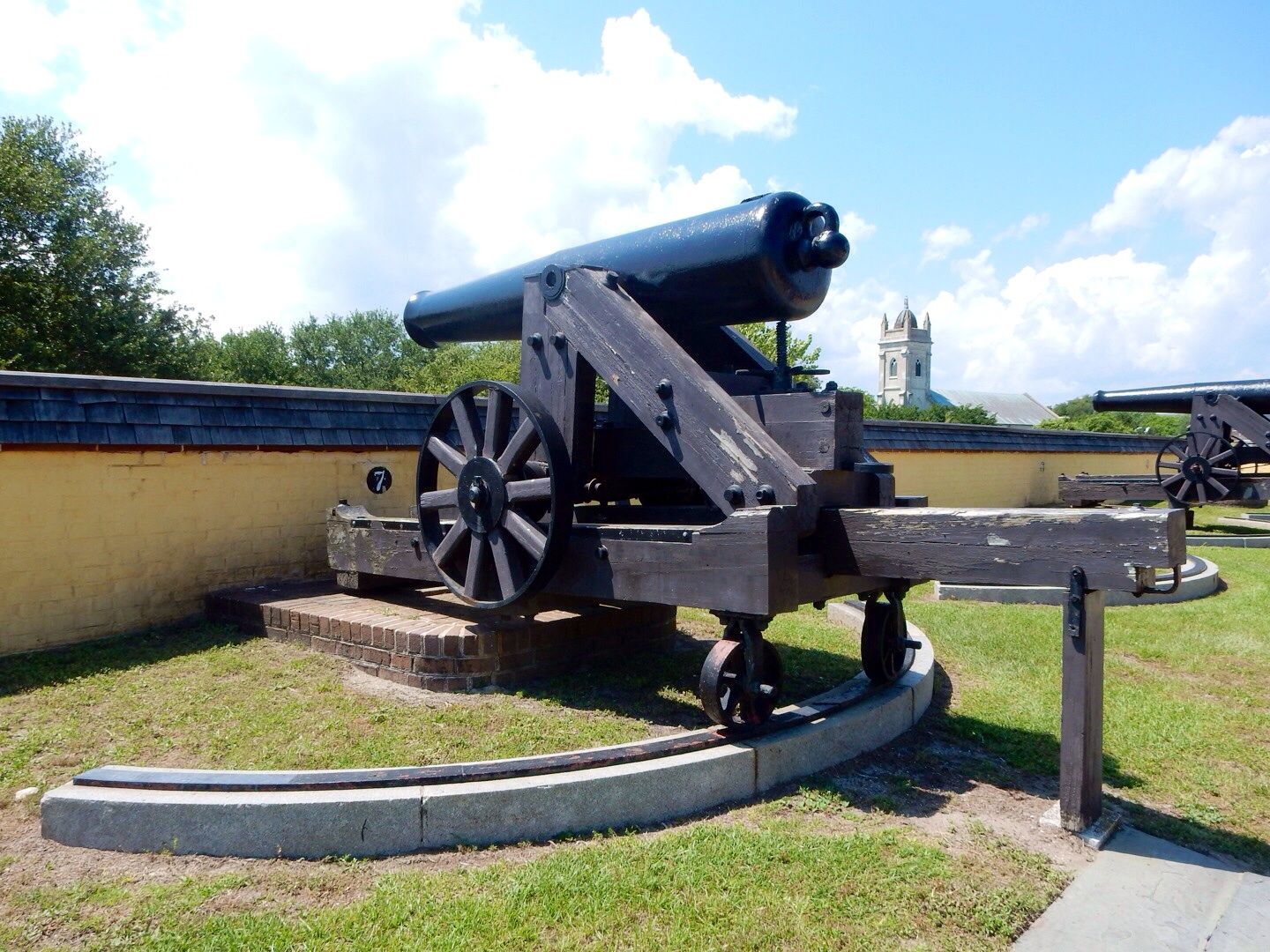
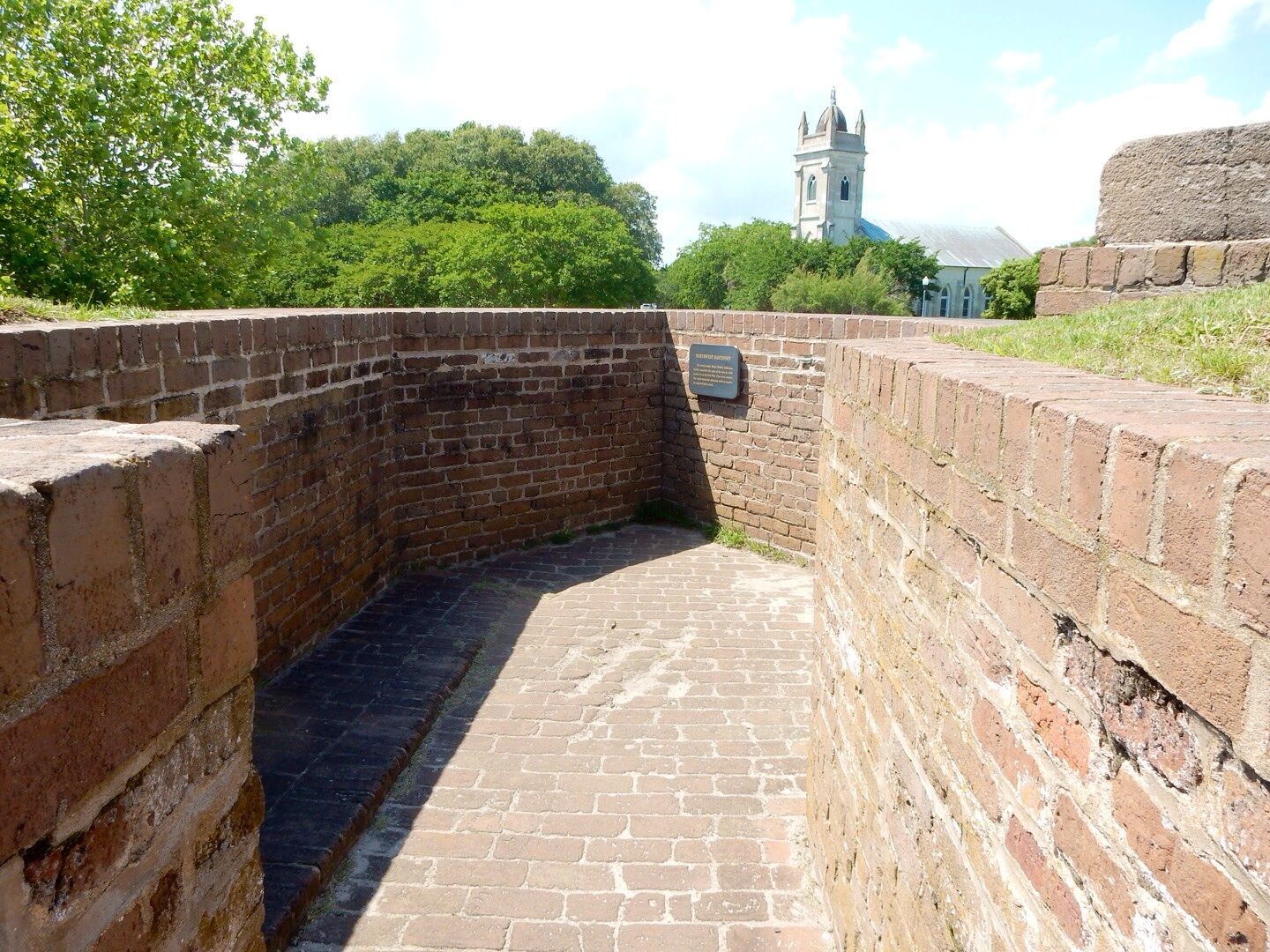
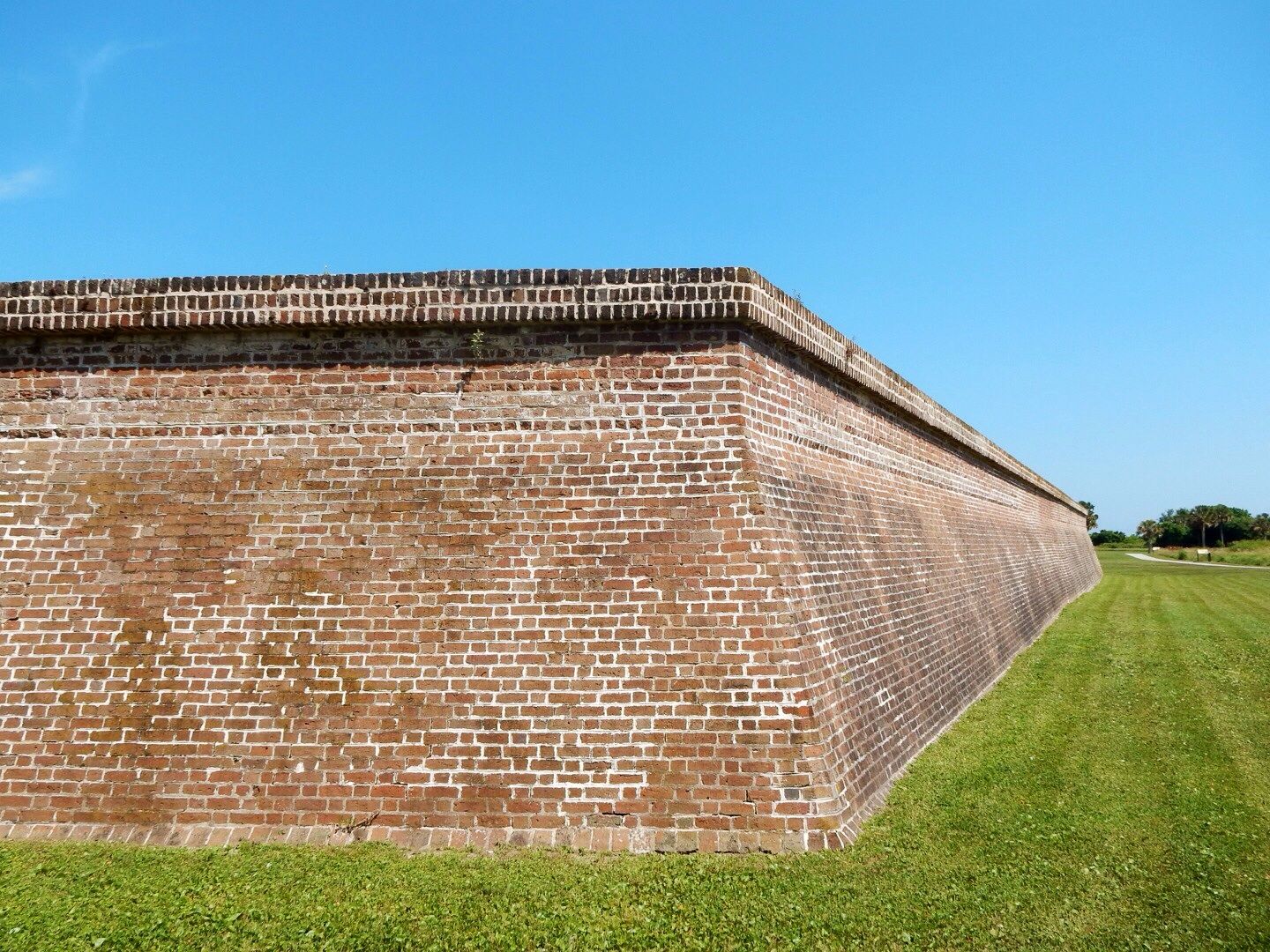
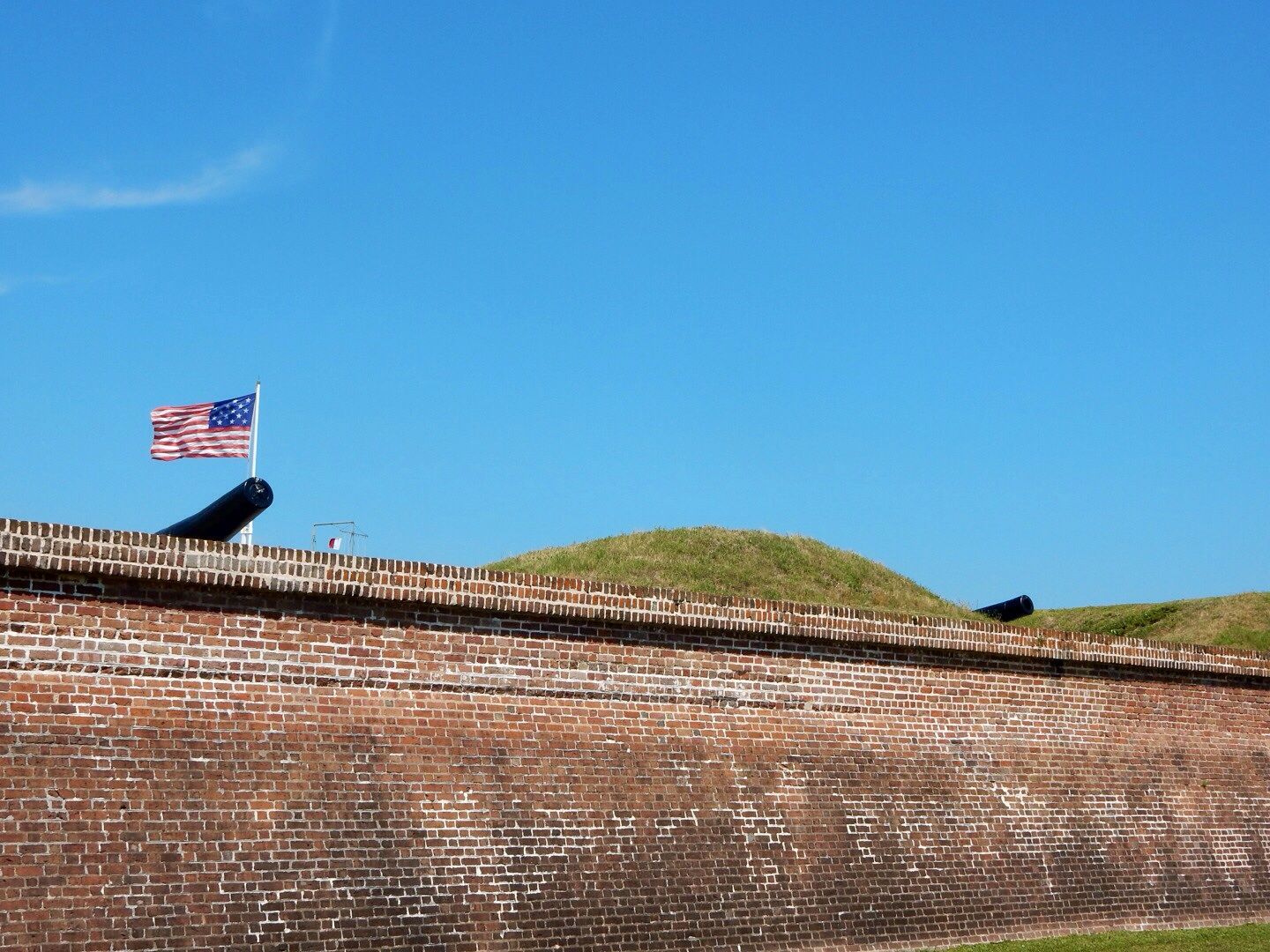
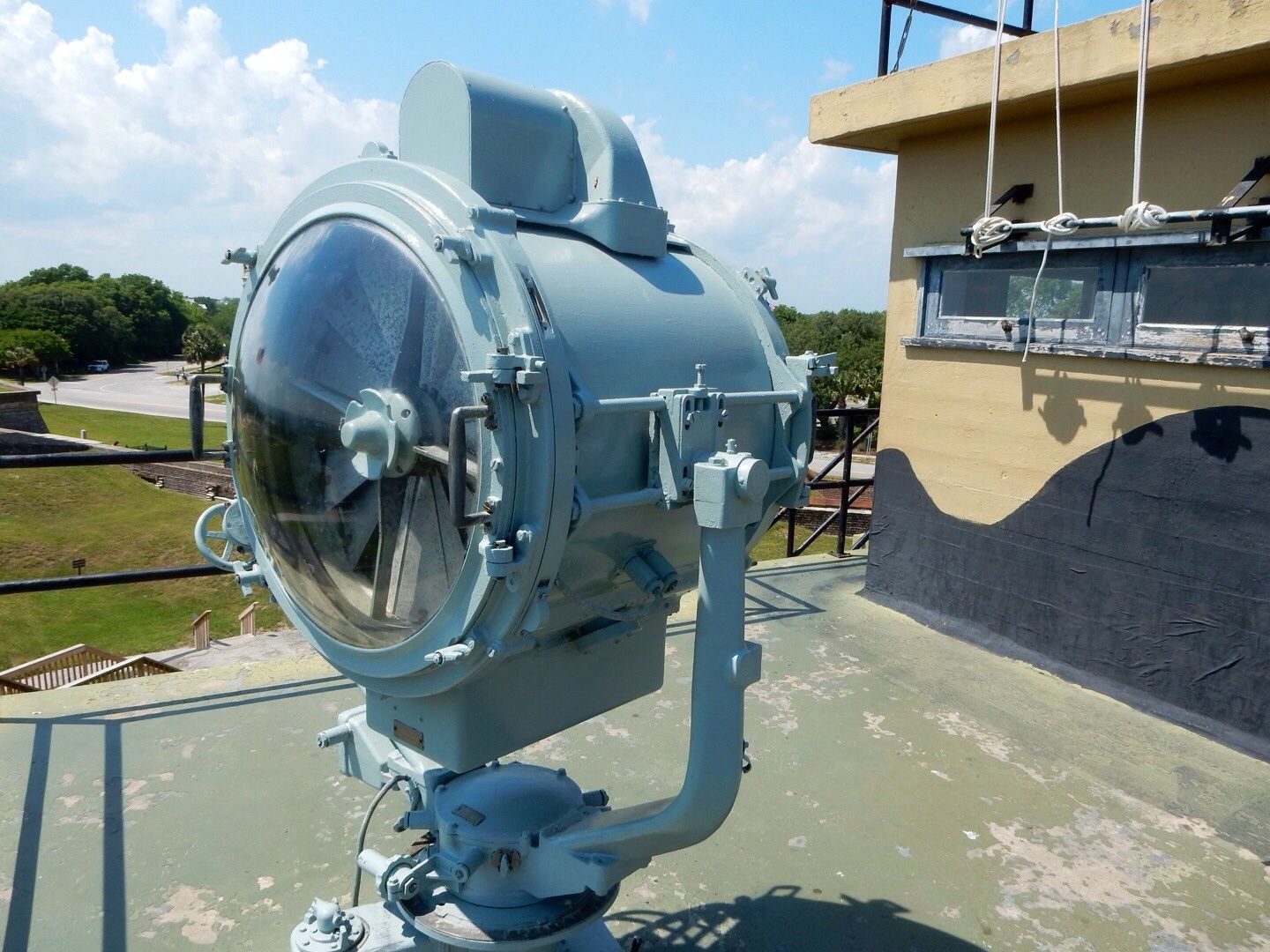


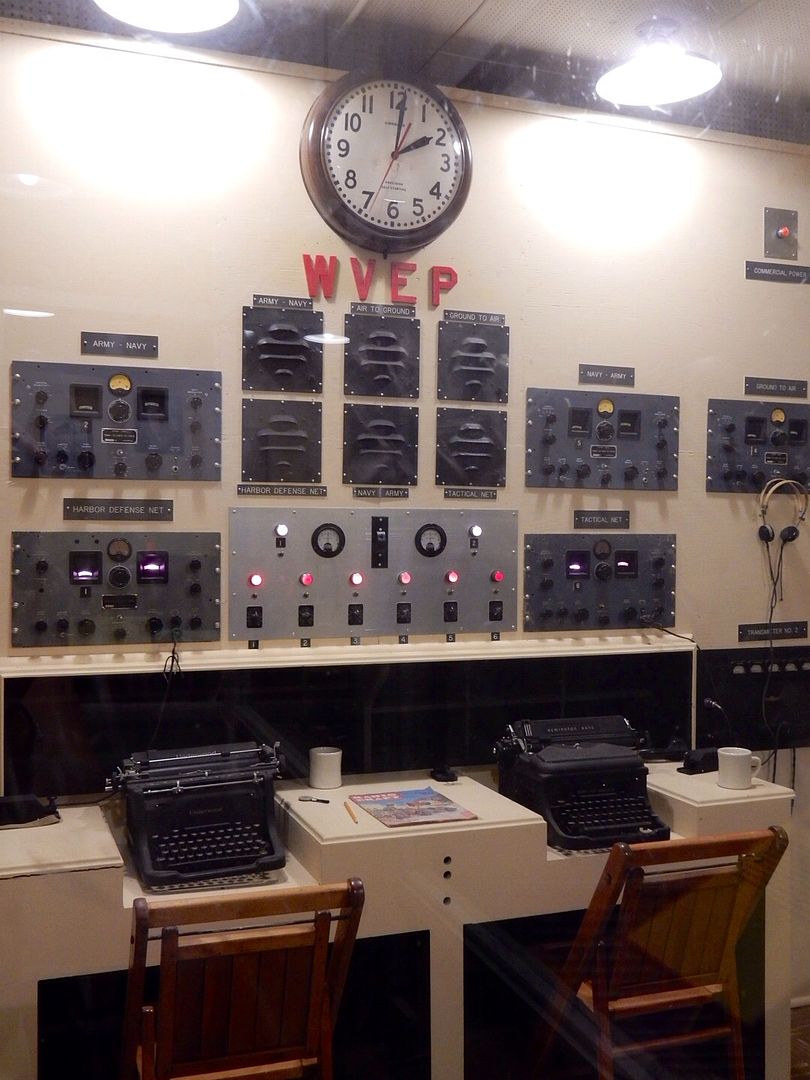
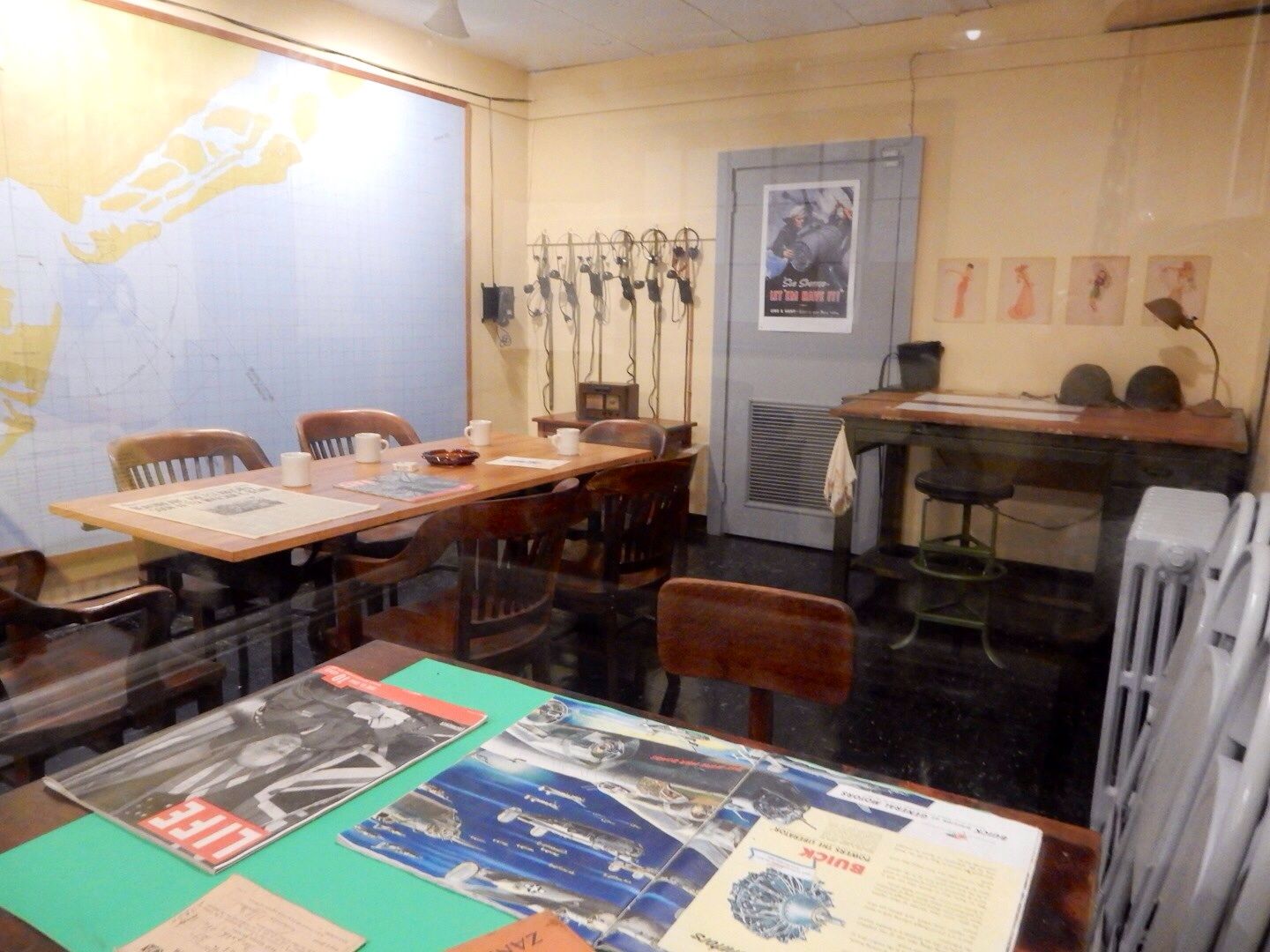
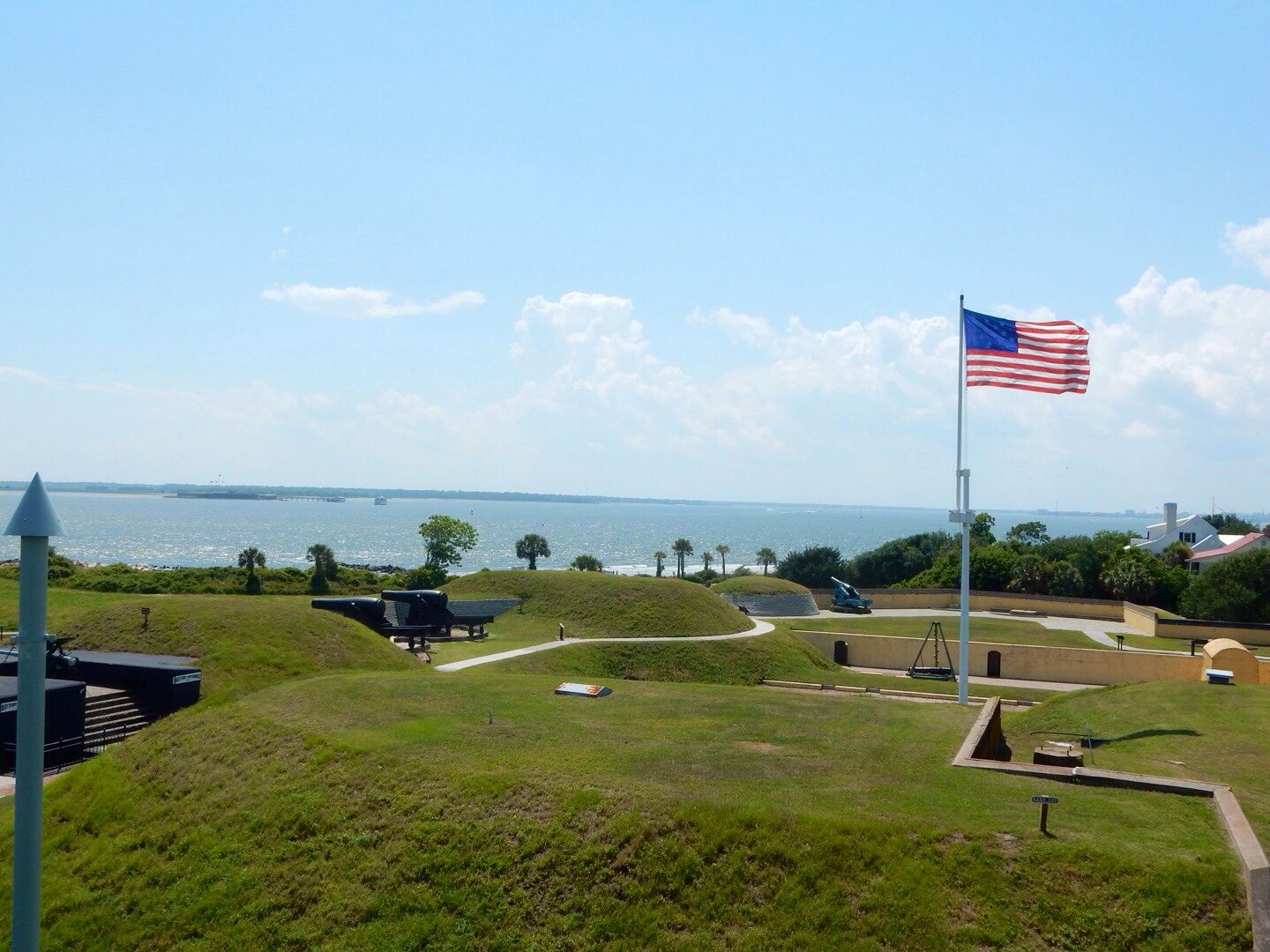
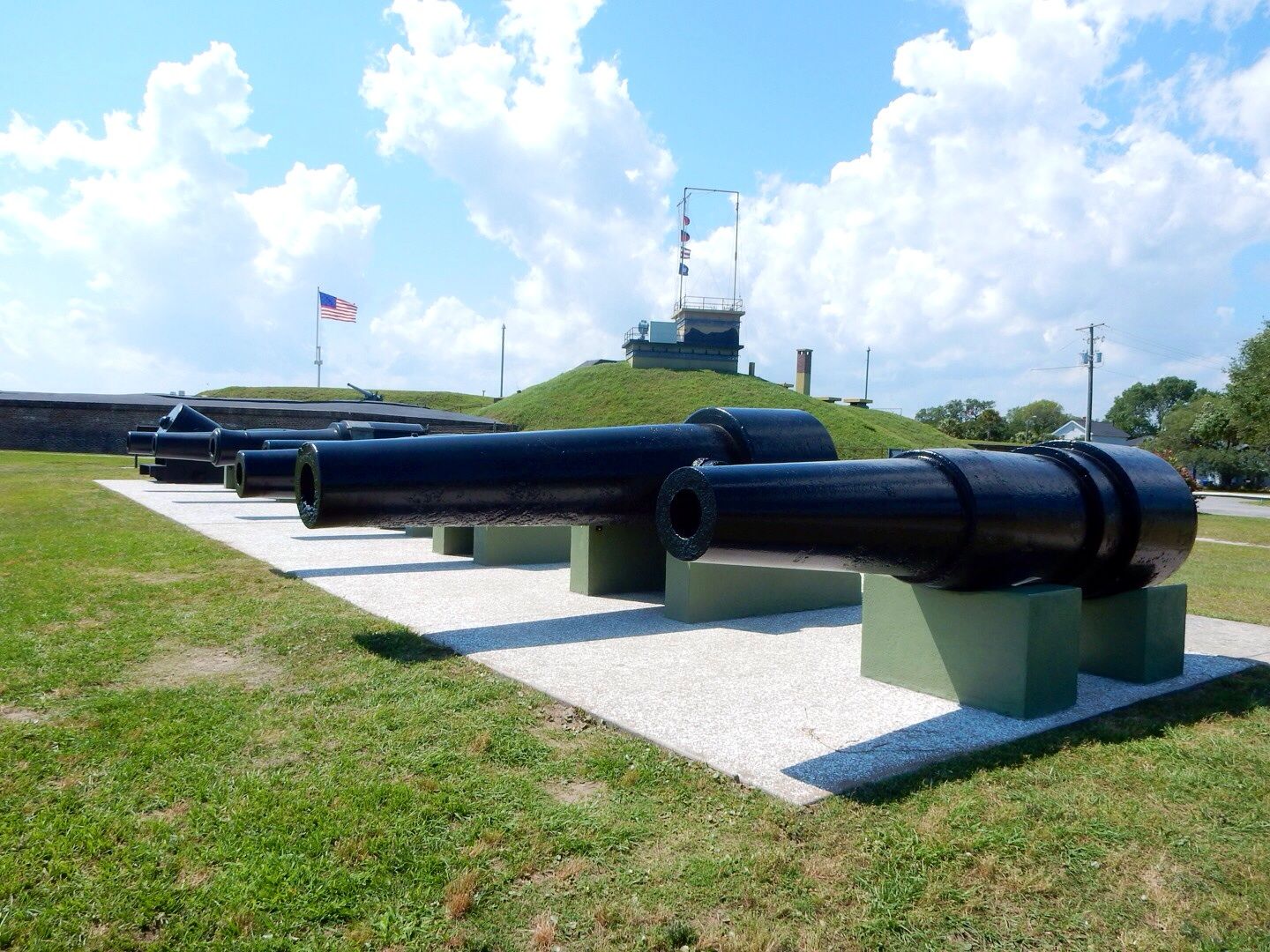
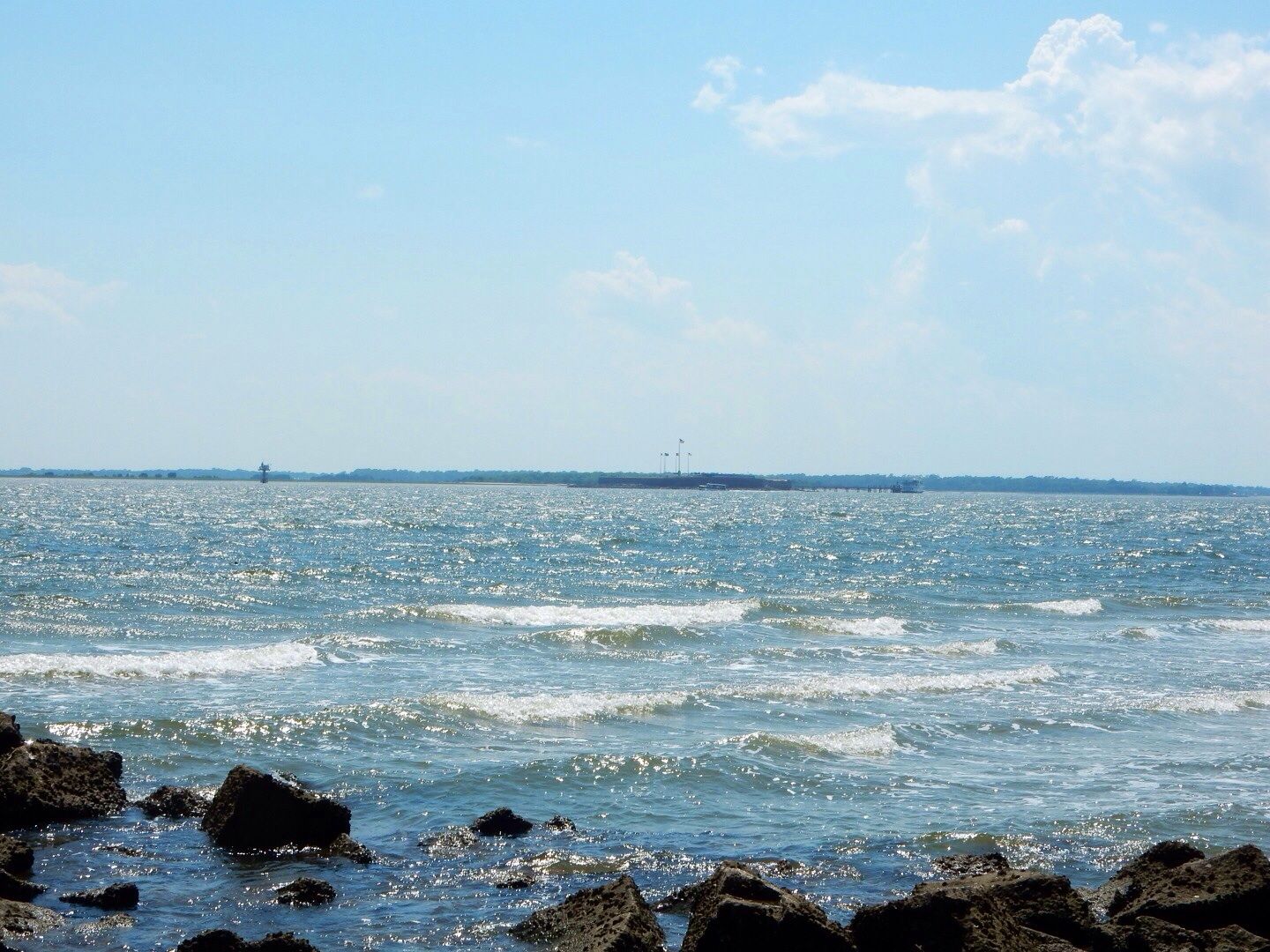
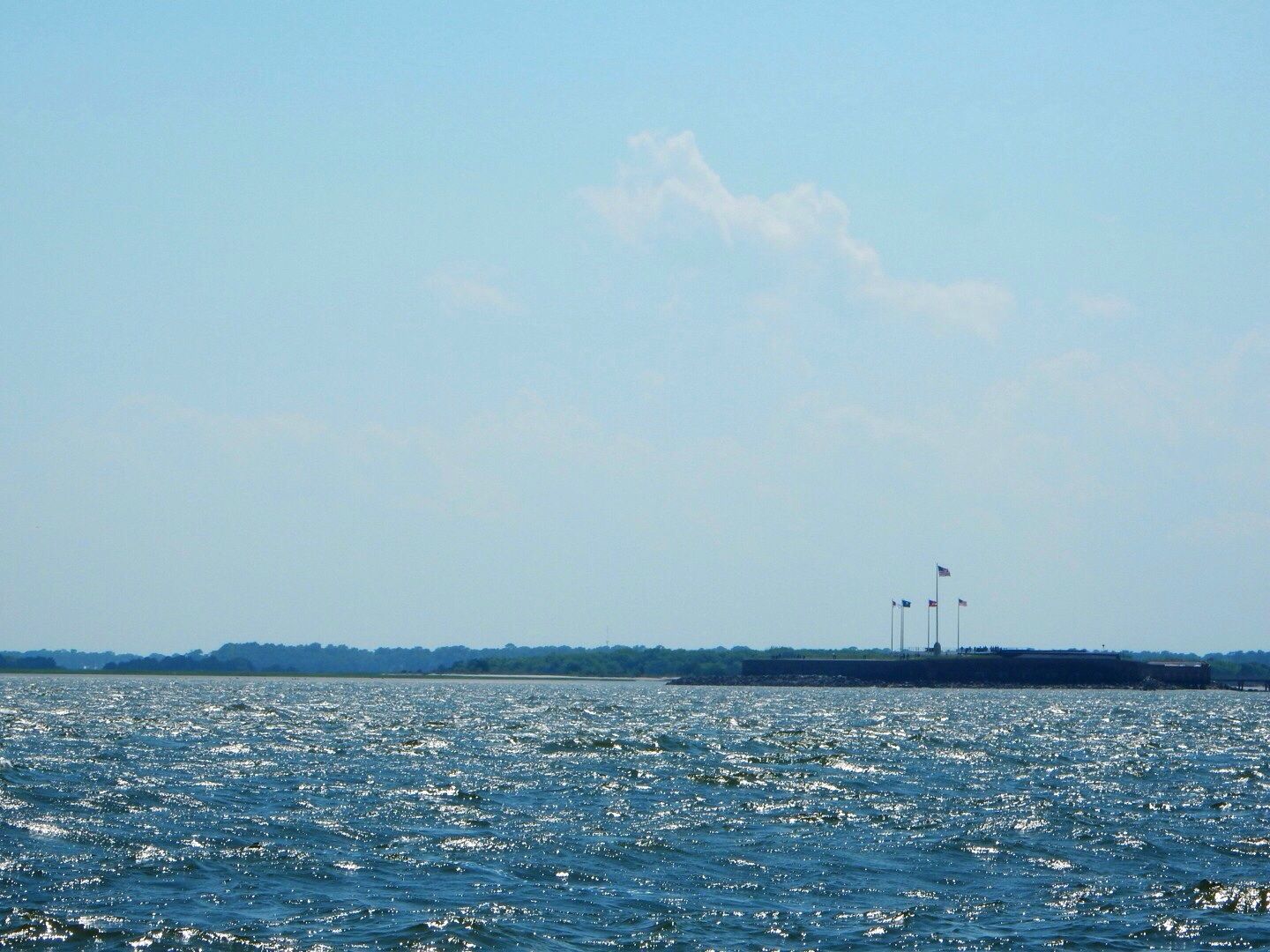


No comments:
Post a Comment